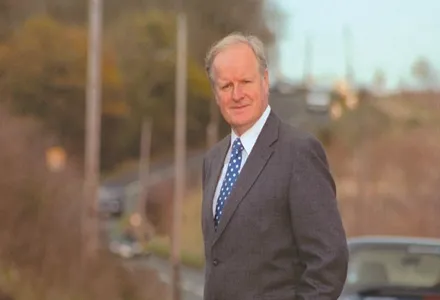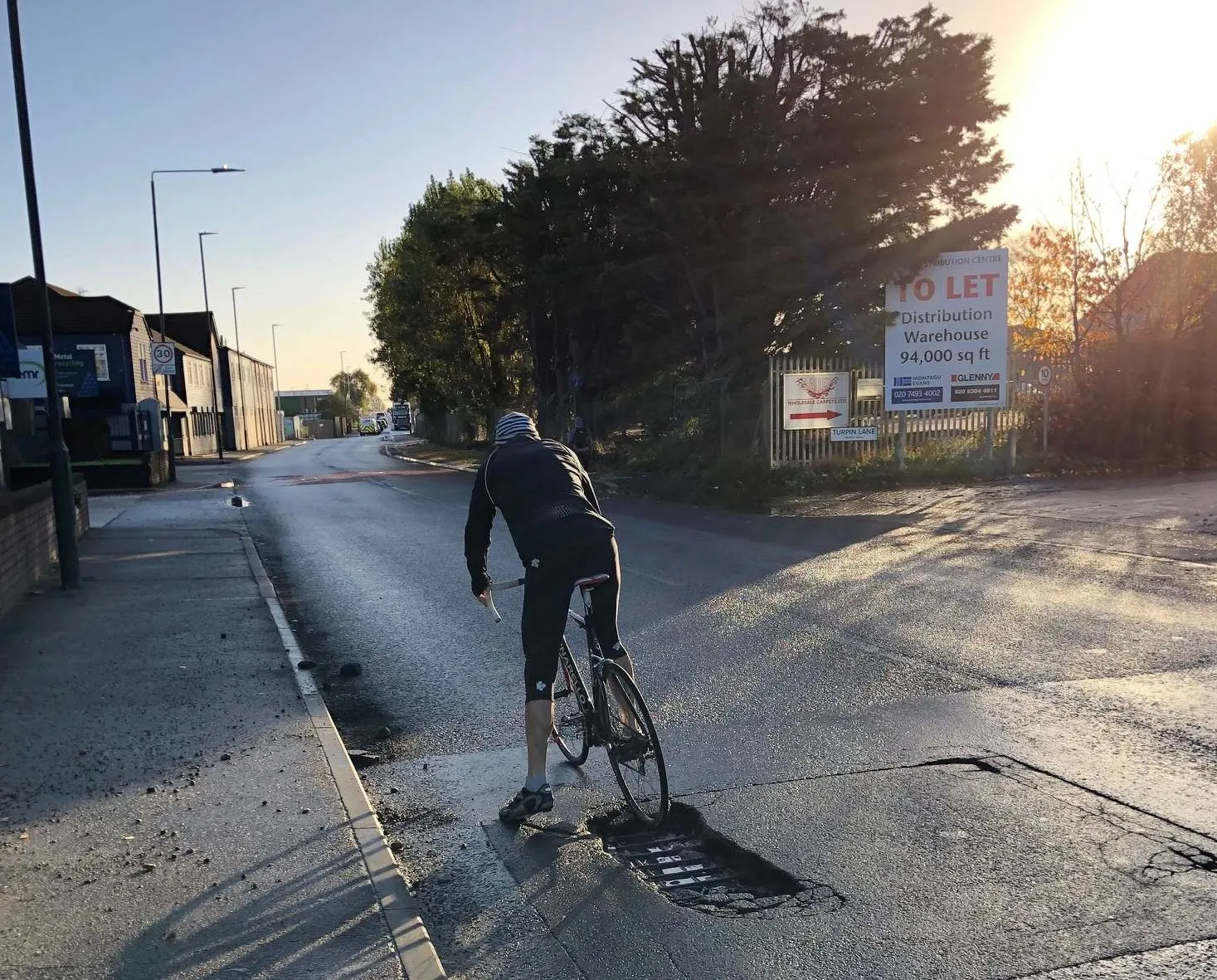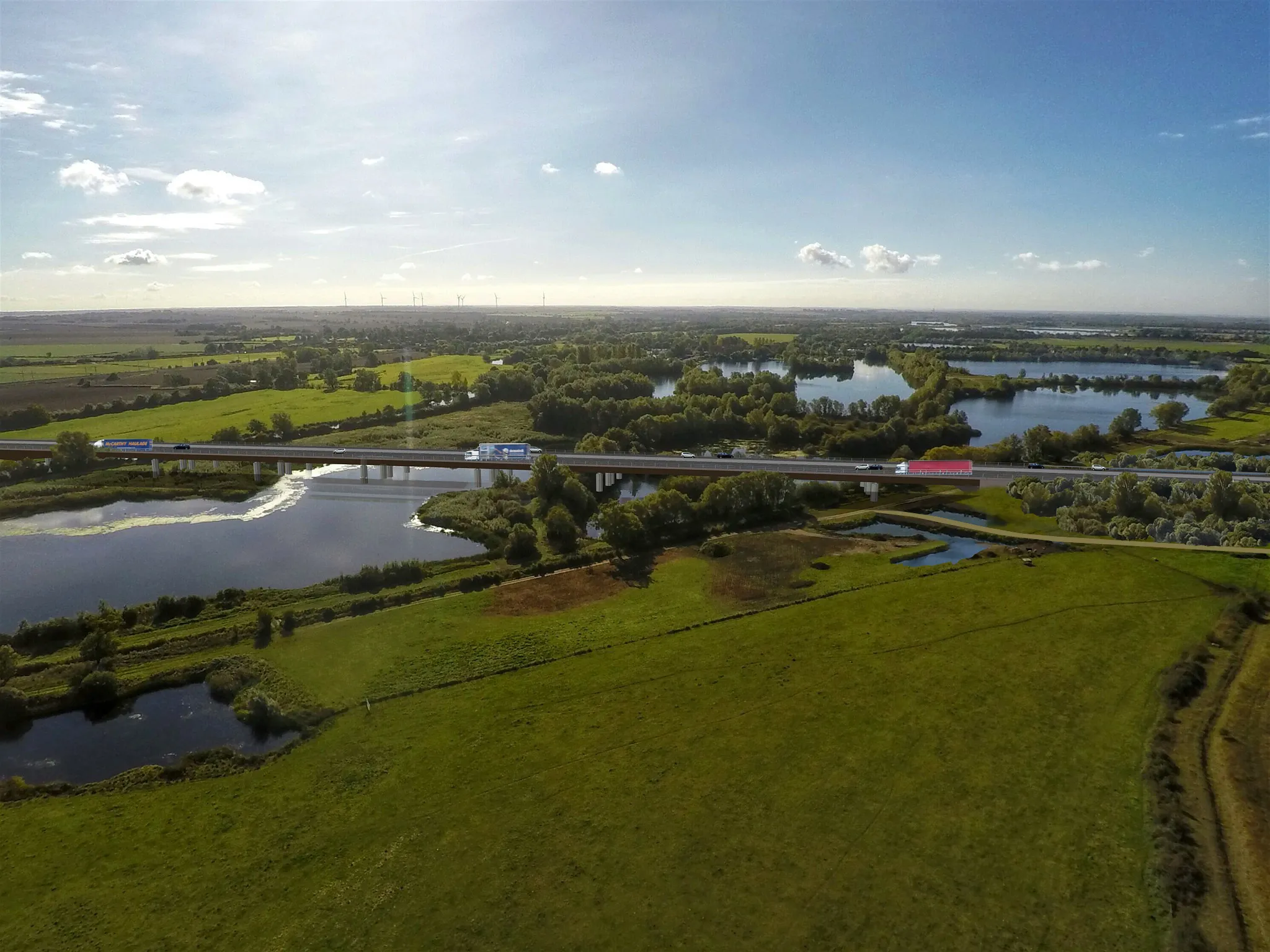The UK’s motorists are facing increased congestion and longer delays due to a steady increase in vehicle numbers combined with reduced spending on transport infrastructure. A report by the RAC Foundation warns that there will be 4,000,000 more cars on the UK’s roads in the next 25 years, while the UK’s Government has not explained what plans it has to cope with the projected increase in traffic. The report predicts a 43% rise in traffic volume by 2035, with the biggest increase in the East Midlands. The fou
May 14, 2012
Read time: 2 mins
RSSThe UK’s motorists are facing increased congestion and longer delays due to a steady increase in vehicle numbers combined with reduced spending on transport infrastructure. A report by the 5521 RAC Foundation warns that there will be 4,000,000 more cars on the UK’s roads in the next 25 years, while the UK’s Government has not explained what plans it has to cope with the projected increase in traffic. The report predicts a 43% rise in traffic volume by 2035, with the biggest increase in the East Midlands.
The foundation, working with consultancy group1419 Arup, identified 96 key road schemes currently waiting for a decision by the 5432 Department for Transport. The foundation claimed the top 10 projects on this list would offer a six fold return on investment. But RAC Foundation director Professor Stephen Glaister said, "Forget about Plan B, ministers do not even have a Plan A for dealing with the awful conditions forecast for the roads in the years ahead. It is a case of jams today, and even more jams tomorrow. The Department for Transport's own figures show that by 2035 traffic is set to rise by almost 50% and delays by more than 50%. And these are only average figures."
Key projects still awaiting the decision to go into action include: A453 widening (M1 to A52) Nottingham; A5-M1 Dunstable northern bypass, Bedfordshire; A21 Tonbridge to Pembury dual carriageway, Kent; Kingkerswell bypass, Devon; Leeds Inner Ring Road; A38(M) Tame viaduct, West Midlands; A47 Blofield to North Burlingham, Norfolk; Evesham bridge maintenance, Worcestershire; A45 westbound bridge, Solihull, West Midlands; A18-A180 link, Lincolnshire. Meanwhile other projects such as the twin tube road tunnels to carry the A303 past the historic Stonehenge site have been repeatedly cancelled due to cost, despite the massive congestion and major safety issues for the existing link and the impossibility of building the widened road on the surface due to archaeological and environmental reasons.
The foundation, working with consultancy group
Key projects still awaiting the decision to go into action include: A453 widening (M1 to A52) Nottingham; A5-M1 Dunstable northern bypass, Bedfordshire; A21 Tonbridge to Pembury dual carriageway, Kent; Kingkerswell bypass, Devon; Leeds Inner Ring Road; A38(M) Tame viaduct, West Midlands; A47 Blofield to North Burlingham, Norfolk; Evesham bridge maintenance, Worcestershire; A45 westbound bridge, Solihull, West Midlands; A18-A180 link, Lincolnshire. Meanwhile other projects such as the twin tube road tunnels to carry the A303 past the historic Stonehenge site have been repeatedly cancelled due to cost, despite the massive congestion and major safety issues for the existing link and the impossibility of building the widened road on the surface due to archaeological and environmental reasons.









